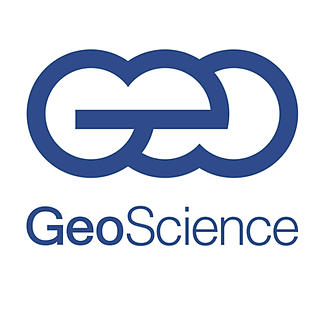Borehole image fracture aperture estimation- Any updates?
- GeoScience Limited
- Jul 14, 2016
- 2 min read
Updated: Jan 10, 2020
Author: Lyndia Chebbihi (Geologist)
Borehole image logs and core provide unique visual information about the fracture system in the subsurface. Through interaction with our clients, we have enhanced our fractured reservoir characterisation workflow. It focuses on optimising the use of borehole image data within a multi-disciplinary approach, in order to capture the dynamic behaviour of the fracture systems and their attributes.
Fracture aperture is one of the key parameters we use as input for modelling fluid flow in naturally fractured reservoirs, estimation of fracture porosity, permeability and volumetric calculations.

Fracture aperture can be estimated from core, borehole image or well test data but it is still difficult to quantify.
In 1990, Luthi and Souhaité provided a method to estimate fracture apertures from electrical borehole image logs. While it is a great innovative method, the results should not be regarded as absolute values due to the large uncertainties related to the modelling assumptions.
We need to be careful when we compute fracture apertures from image logs. It is crucial to understand the process and not to trust software outputs like “croire en une mouche qui pète” (that translates to believing a fly that farts!!).
We therefore calibrate the image log results with core observations, dynamic data (well tests) over the same interval, and by comparing results with offset wells/fields or outcrop analogues if available.
Over the years, oil service companies have made great efforts to provide a number of technological solutions to improve the image log resolution, increase signal-to-noise ratio and optimise the automatic picking. However, we hope to see new petrophysical techniques and processing of fracture attributes from borehole image data.
We welcome any comments or feedback to help the GeoScience community to improve the understanding of fracture aperture estimation.





Comments